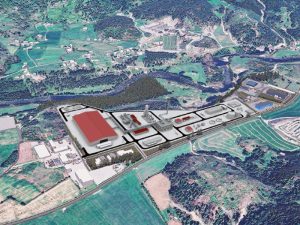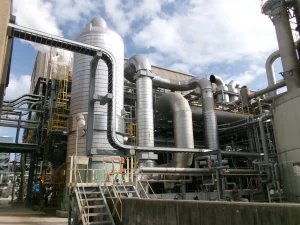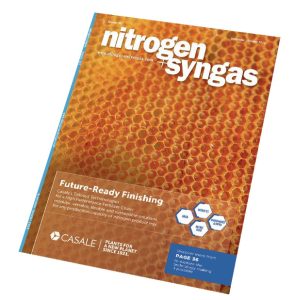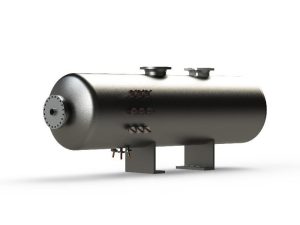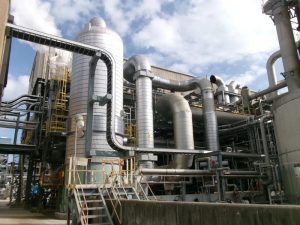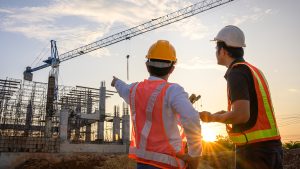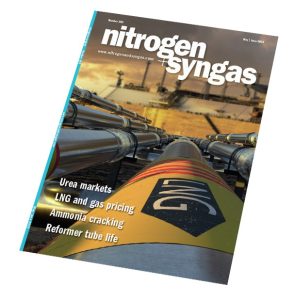Japan’s New Energy and Industrial Technology Development Organization (NEDO) says that the world’s first commercial-use ammonia-fuelled vessel, Sakigake, has successfully completed a three-month demonstration voyage, during which the vessel engaged in tugboat operations in Tokyo Bay, while achieving greenhouse gas (GHG) emission reductions of up to 95%. The vessel was completed by Nippon Yusen Kabushiki Kaisha (NYK) and IHI Power Systems in August 2024, in cooperation with Nippon Kaiji Kyokai (ClassNK) as part of a Green Innovation Fund Project. NEDO says that the vessel will continue to be used for tugboat operations in Tokyo Bay, and the organisation will continue to promote research and development of next-generation fuel vessels, including developing an ammonia-fuelled ammonia gas carrier, in conjunction with NYK, Japan Engine Corporation, IPS, and Nippon Shipyard. This vessel is scheduled to be delivered in November 2026.
